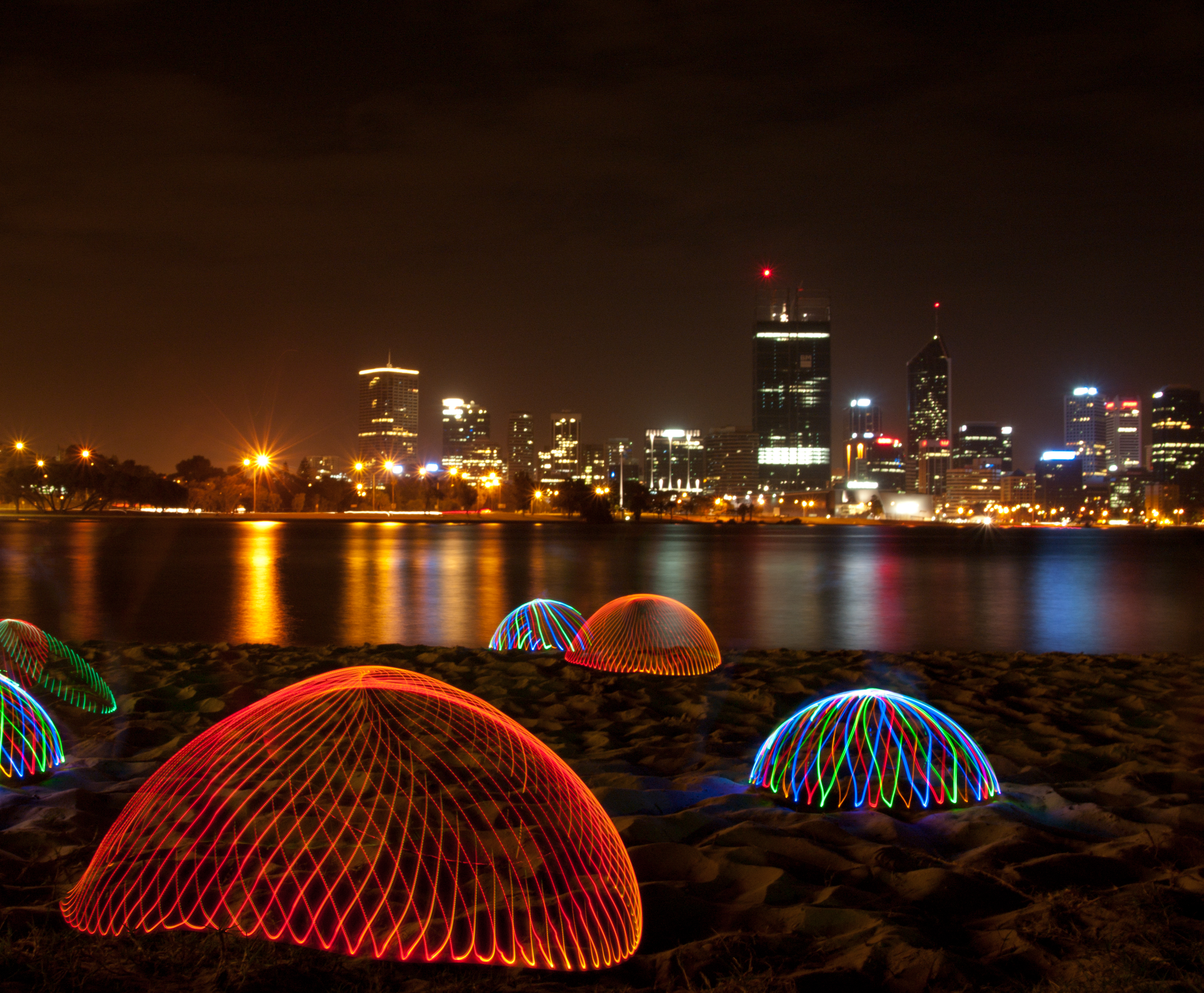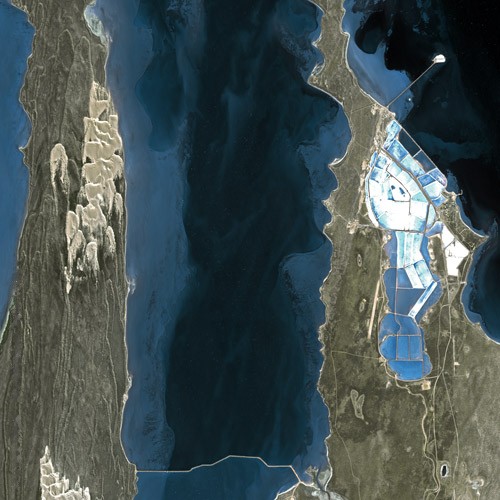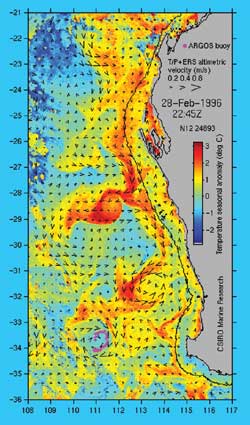|
Australian Herring
The Australian herring (''Arripis georgianus''), also known as the ruff, tommy ruff, or Australian ruff, is one of four Australasian fish species within the genus '' Arripis''. It closely resembles its sister species, the Australian salmon, although it grows to a smaller size. Like the other members of its genus, it is found in cooler waters around the southern coast of Australia.* Dianne J. Bray, 2011, Australian Herring, Arripis georgianus, in Fishes of Australia, accessed 10 Sep 2014, http://www.fishesofaustralia.net.au/home/species/405 It is not biologically related to the herring family Clupeidae. In Australia, additional vernacular names used for this fish include bull herring, herring, rough, ruffies, sea herring, tommy, tommy rough and South Australian roughy. Ruff is the global fisheries name used by the Food and Agriculture Organization. Description The Australian herring has a streamlined, moderately deep and slightly elongate body which is somewhat compressed and h ... [...More Info...] [...Related Items...] OR: [Wikipedia] [Google] [Baidu] |
Achille Valenciennes
Achille Valenciennes (9 August 1794 – 13 April 1865) was a French zoologist. Valenciennes was born in Paris, and studied under Georges Cuvier. His study of parasitic worms in humans made an important contribution to the study of parasitology. He also carried out diverse systematic classifications, linking fossil and current species. He worked with Cuvier on the 22-volume "'' Histoire Naturelle des Poissons''" (Natural History of Fish) (1828–1848), carrying on alone after Cuvier died in 1832. In 1832, he succeeded Henri Marie Ducrotay de Blainville (1777–1850) as chair of ''Histoire naturelle des mollusques, des vers et des zoophytes'' at the Muséum national d'histoire naturelle. Early in his career, he was given the task of classifying animals described by Alexander von Humboldt Friedrich Wilhelm Heinrich Alexander von Humboldt (14 September 17696 May 1859) was a German polymath, geographer, naturalist, explorer, and proponent of Romantic philosophy and scie ... [...More Info...] [...Related Items...] OR: [Wikipedia] [Google] [Baidu] |
Swan River (Western Australia)
The Swan River () is a river in the south west of Western Australia. The river runs through the metropolitan area of Perth, Western Australia's capital and largest city. Course of river The Swan River estuary flows through the city of Perth. Its lower reaches are relatively wide and deep, with few constrictions, while the upper reaches are usually quite narrow and shallow. The Swan River drains the Avon and coastal plain catchments, which have a total area of about . It has three major tributaries, the Avon River, Canning River and Helena River. The latter two have dams (Canning Dam and Mundaring Weir) which provide a sizeable part of the potable water requirements for Perth and the regions surrounding. The Avon River contributes the majority of the freshwater flow. The climate of the catchment is Mediterranean, with mild wet winters, hot dry summers, and the associated highly seasonal rainfall and flow regime. The Avon rises near Yealering, southeast of Perth: it mea ... [...More Info...] [...Related Items...] OR: [Wikipedia] [Google] [Baidu] |
Leonard Jenyns
Leonard Jenyns (25 May 1800 – 1 September 1893) was an English clergyman, author and naturalist. He was forced to take on the name Leonard Blomefield to receive an inheritance. He is chiefly remembered for his detailed phenology observations of the times of year at which events in natural history occurred. Personal life Jenyns was born in 1800 at No. 85 Pall Mall, London, the home of his maternal grandfather. He was the youngest son of George Leonard Jenyns of Bottisham Hall, Cambridgeshire, a magistrate, landowner and a prebendary of Ely Cathedral. His mother Mary (1763–1832) was the daughter of Dr. William Heberden (1710–1801). His father had inherited the Bottisham Hall property on the death of his distant cousin Soame Jenyns (1704–1787). By 1812, Jenyns began to study natural history encouraged by his great uncle. He went to Eton in 1813 where he read, and was inspired by Gilbert White's ''Natural History of Selborne''. In 1817 Jenyns was introduced to Sir Jo ... [...More Info...] [...Related Items...] OR: [Wikipedia] [Google] [Baidu] |
King George Sound (Western Australia)
King George Sound ( nys , Menang Koort) is a sound on the south coast of Western Australia. Named King George the Third's Sound in 1791, it was referred to as King George's Sound from 1805. The name "King George Sound" gradually came into use from about 1934, prompted by new Admiralty charts supporting the intention to eliminate the possessive 's' from geographical names. The sound covers an area of and varies in depth from . Situated at its western shore is the city of Albany. The sound is bordered by the mainland to the north, by Vancouver Peninsula on the west, and by Bald Head and Flinders Peninsula to the south. Although the sound is open water to the east, the waters are partially protected by Breaksea Island and Michaelmas Island. There are two harbours located within the sound, Princess Royal Harbour to the west and Oyster Harbour to the north. Each receives excellent protection from winds and heavy seas. Princess Royal Harbour was Western Australia's only deep-w ... [...More Info...] [...Related Items...] OR: [Wikipedia] [Google] [Baidu] |
Type Locality (biology)
In biology, a type is a particular specimen (or in some cases a group of specimens) of an organism to which the scientific name of that organism is formally attached. In other words, a type is an example that serves to anchor or centralizes the defining features of that particular taxon. In older usage (pre-1900 in botany), a type was a taxon rather than a specimen. A taxon is a scientifically named grouping of organisms with other like organisms, a set that includes some organisms and excludes others, based on a detailed published description (for example a species description) and on the provision of type material, which is usually available to scientists for examination in a major museum research collection, or similar institution. Type specimen According to a precise set of rules laid down in the International Code of Zoological Nomenclature (ICZN) and the International Code of Nomenclature for algae, fungi, and plants (ICN), the scientific name of every taxon is almost al ... [...More Info...] [...Related Items...] OR: [Wikipedia] [Google] [Baidu] |
Species Description
A species description is a formal description of a newly discovered species, usually in the form of a scientific paper. Its purpose is to give a clear description of a new species of organism and explain how it differs from species that have been described previously or are related. In order for species to be validly described, they need to follow guidelines established over time. Zoological naming requires adherence to the ICZN code, plants, the ICN, viruses ICTV, and so on. The species description often contains photographs or other illustrations of type material along with a note on where they are deposited. The publication in which the species is described gives the new species a formal scientific name. Some 1.9 million species have been identified and described, out of some 8.7 million that may actually exist. Millions more have become extinct throughout the existence of life on Earth. Naming process A name of a new species becomes valid (available in z ... [...More Info...] [...Related Items...] OR: [Wikipedia] [Google] [Baidu] |
Seine Net
Seine fishing (or seine-haul fishing; ) is a method of fishing that employs a surrounding net, called a seine, that hangs vertically in the water with its bottom edge held down by weights and its top edge buoyed by floats. Seine nets can be deployed from the shore as a beach seine, or from a boat. Boats deploying seine nets are known as seiners. Two main types of seine net are deployed from seiners: ''purse seines'' and ''Danish seines''. A seine differs from a gillnet, in that a seine encloses fish, where a gillnet directly snares fish. Etymology The word ''seine'' has its origins in the Old English ''segne'', which entered the language via Latin ''sagena'', from the original Greek σαγήνη ''sagēnē'' (a drag-net). History Seines have been used widely in the past, including by Stone Age societies. For example, the Māori used large canoes to deploy seine nets which could be over a kilometer long. The nets were woven from green flax, with stone weights and light wood o ... [...More Info...] [...Related Items...] OR: [Wikipedia] [Google] [Baidu] |
Gill Net
Gillnetting is a fishing method that uses gillnets: vertical panels of netting that hang from a line with regularly spaced floaters that hold the line on the surface of the water. The floats are sometimes called "corks" and the line with corks is generally referred to as a "cork line." The line along the bottom of the panels is generally weighted. Traditionally this line has been weighted with lead and may be referred to as "lead line." A gillnet is normally set in a straight line. Gillnets can be characterized by mesh size, as well as colour and type of filament from which they are made. Fish may be caught by gillnets in three ways: # Wedged – held by the mesh around the body. # Gilled – held by mesh slipping behind the opercula. # Tangled – held by teeth, spines, maxillaries, or other protrusions without the body penetrating the mesh. Most often fish are gilled. A fish swims into a net and passes only part way through the mesh. When it struggles to free ... [...More Info...] [...Related Items...] OR: [Wikipedia] [Google] [Baidu] |
Shark Bay
Shark Bay ( Malgana: ''Gathaagudu'', "two waters") is a World Heritage Site in the Gascoyne region of Western Australia. The http://www.environment.gov.au/heritage/places/world/shark-bay area is located approximately north of Perth, on the westernmost point of the Australian continent. UNESCO's official listing of Shark Bay as a World Heritage Site reads: : History The record of Australian Aboriginal occupation of Shark Bay extends to years BP. At that time most of the area was dry land, rising sea levels flooding Shark Bay between BP and BP. A considerable number of aboriginal midden sites have been found, especially on Peron Peninsula and Dirk Hartog Island which provide evidence of some of the foods gathered from the waters and nearby land areas. An expedition led by Dirk Hartog happened upon the area in 1616, becoming the second group of Europeans known to have visited Australia. (The crew of the '' Duyfken'', under Willem Janszoon, had visited Cape York in 160 ... [...More Info...] [...Related Items...] OR: [Wikipedia] [Google] [Baidu] |
Geographe Bay
Geographe Bay is in the south-west of Western Australia around 220 km southwest of Perth. The bay was named in May 1801 by French explorer Nicolas Baudin, after his ship, ''Géographe''. The bay is a wide curve of coastline extending from Cape Naturaliste past the towns of Dunsborough and Busselton, ending near the city of Bunbury. The bay is protected from the rough seas of the Indian Ocean by Cape Naturaliste (named after ''Naturaliste''), which makes it a popular destination for recreational boaters. The bay is extremely shallow, limiting the entrance of large ships. To alleviate this problem the two-kilometre-long Busselton Jetty, the longest in the southern hemisphere, was built. The Royal Australian Navy frigate was sunk in the bay off the town of Dunsborough on 14 December 1997, for use as a dive wreck. The bay attracts whale watchers, who see it as an alternative to Flinders Bay. The north west part of the bay is the location of a number of surf breaks. ... [...More Info...] [...Related Items...] OR: [Wikipedia] [Google] [Baidu] |
Leeuwin Current
The Leeuwin Current is a warm ocean current which flows southwards near the western coast of Australia. It rounds Cape Leeuwin to enter the waters south of Australia where its influence extends as far as Tasmania. Discovery The existence of the current was first suggested by William Saville-Kent in 1897. Saville-Kent noted the presence of warm tropical water offshore in the Houtman Abrolhos, making the water there in winter much warmer than inshore at the adjacent coast. The existence of the current was confirmed over the years, but not characterised and named until Cresswell and Golding did so in the 1980s. Track The West Australian Current and Southern Australian Countercurrent, which are produced by the West Wind Drift on the southern Indian Ocean and at Tasmania, respectively, flow in the opposite direction, producing one of the most interesting oceanic current systems in the world. The ‘core’ of the Leeuwin Current can generally be detected as a peak in the surfac ... [...More Info...] [...Related Items...] OR: [Wikipedia] [Google] [Baidu] |
Planktonic
Plankton are the diverse collection of organisms found in water (or air) that are unable to propel themselves against a current (or wind). The individual organisms constituting plankton are called plankters. In the ocean, they provide a crucial source of food to many small and large aquatic organisms, such as bivalves, fish and whales. Marine plankton include bacteria, archaea, algae, protozoa and drifting or floating animals that inhabit the saltwater of oceans and the brackish waters of estuaries. Freshwater plankton are similar to marine plankton, but are found in the freshwaters of lakes and rivers. Plankton are usually thought of as inhabiting water, but there are also airborne versions, the aeroplankton, that live part of their lives drifting in the atmosphere. These include plant spores, pollen and wind-scattered seeds, as well as microorganisms swept into the air from terrestrial dust storms and oceanic plankton swept into the air by sea spray. Though many plan ... [...More Info...] [...Related Items...] OR: [Wikipedia] [Google] [Baidu] |


.jpg)

.jpeg)
.jpg)



